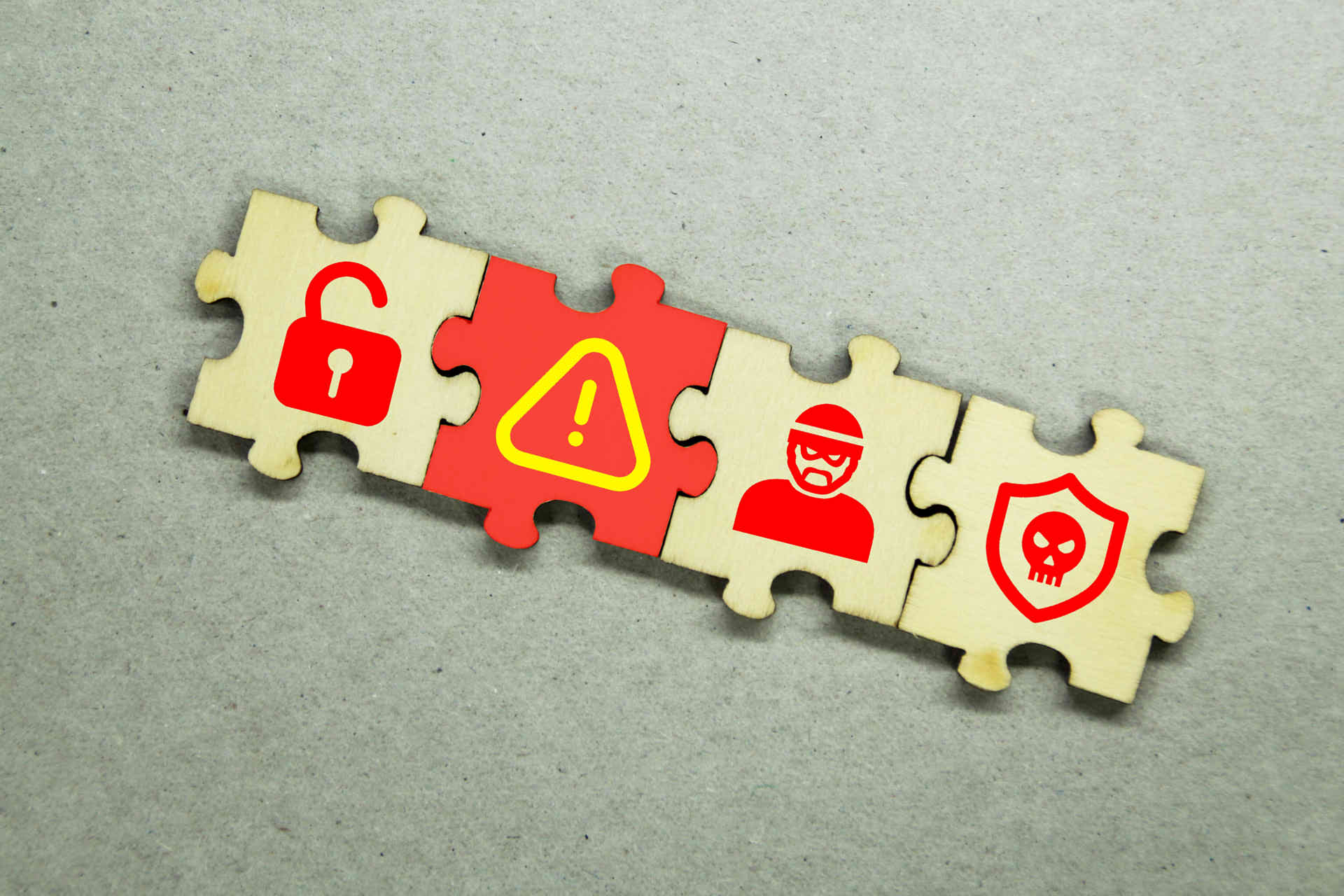
A hacked website is a real headache that can take valuable time and money away from your business. If you’re wondering, “How can I secure my website?” then you’re in luck. We’ve got answers and web security tips for you. Read on to learn how to protect yourself from getting hacked.
Why does my website keep getting hacked?
A website that got hacked can be hit multiple times if proper measures aren’t taken to remove the threat. Often, the reason for repeated hacks is that an entry point or vulnerability still exists after your efforts to secure the website. Doing a thorough job of removing intruders, securing your site, or hiring web security experts to do the job are the best ways to ensure your site is not repeatedly hacked.
How do you prevent hacking? Here are some web security tips and steps you can take to help prevent your website from getting hacked.

Website Security: What is This and Why is it Important?
Website security refers to the various things you can do to secure your website (link to “My Website Was Hacked – Now What” article goes here) from being hacked. While many people operate under the assumption that only large companies or websites are hacking targets, the reality is that hackers are opportunistic and will take advantage of website vulnerabilities on any site they find, no matter its size.
Each day, on average, 30,000 new websites of all sizes are hacked. That’s a lot of websites. The infected sites are then used to distribute malware or viruses to website visitors to spread the infection further.
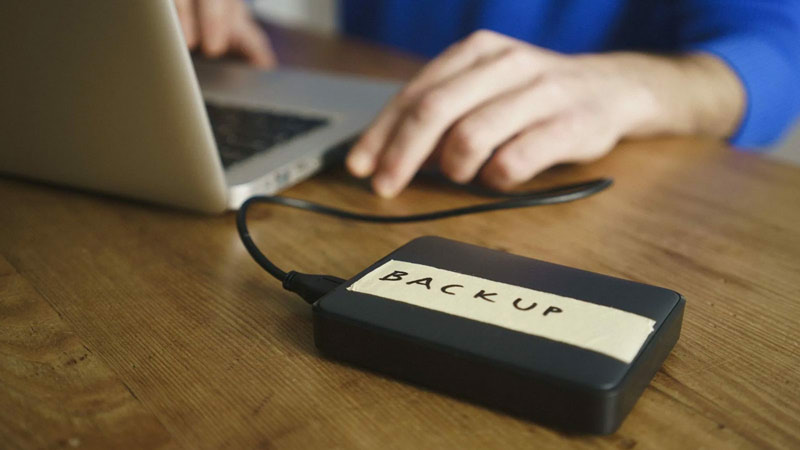
Step 1. Make Regular Backups
Computers crash, files get corrupted, and websites get hacked. Backing up digital information is a good practice to get into—whether personal photos, business documents, or website files. For WordPress users, the good news is that backing up your website—even if there are hundreds of files—is relatively easy with plugins.
When choosing a plugin, select one that has several good reviews and plenty of downloads.
Check with your web host, as well. They may offer an automated backup.
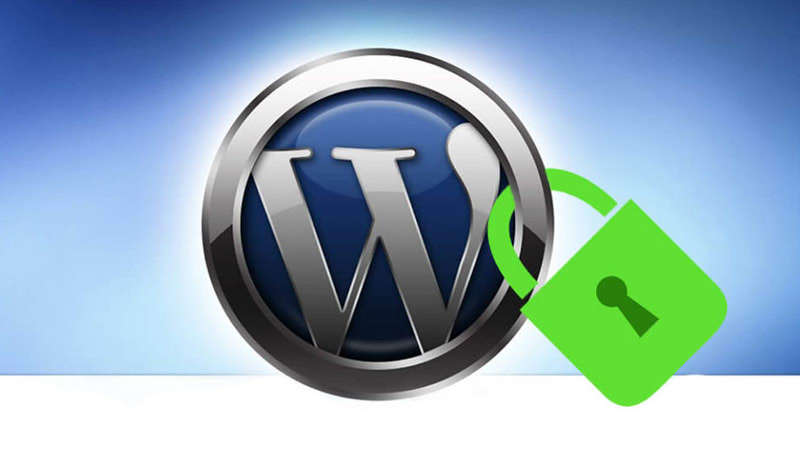
Step2 . Use Security Plugins
WordPress has become one of the most popular website-building platforms, with more than 450 million websites using this versatile content management system (CMS) for everything from blogs to e-commerce and everything in between. If you’re wondering, “Why is my WordPress site getting hacked?” the answer is simple. The popularity of WordPress has made it a target — WordPress accounted for 90% of all hacked CMS.
How to Protect Your System From Hackers
If you’re running a site powered by WordPress, it’s not all bad news. There are security WordPress plugins you can install to reduce the chances of your website getting hacked. Here are a few that have proven their worth.
Malcare
Malcare is easy to set up and begins scanning your website right away. It will remove malware and fix a hacked website in under a minute. After the initial scan, Malcare constantly monitors your site to block potential threats.
Jetpack
Jetpack is one of the top-rated security plugins for WordPress. It was built by the same company that built WordPress and is included with new WordPress installations. If you’re setting up a new website, the free version will keep you well-protected until you figure out exactly what security measures you need to put in place. Upgrading to the paid version will get you backups, spam protection, and more.
Security Ninja
Security Ninja simplifies security efforts and protects your website from hackers. It includes a firewall, malware scanner, and security tests. The plugin scans for more than 50 known issues to help keep your site protected.

Step 3. Update Your CMS
Your CMS is the foundation your website is built on. And, like a house, once you have trouble with the foundation, the whole structure is put at risk. To stay protected online, you need to focus on WordPress security and keep your website updated with the latest version of your chosen CMS.
It sounds obvious, but many people neglect to update their website CMS to the latest stable version regularly. This is important because hackers take advantage of known vulnerabilities in platforms like WordPress or Joomla for mass attacks on websites. These known vulnerabilities are fixed and removed with each new release, which helps keep your website secure. Keeping your website updated reduces the chances of a hack.
The best way to update WordPress is to turn on automatic updates in your cPanel. This will automate the task so that you don’t have to worry about it. If you don’t have this option from your web host, keep an eye on your admin panel for available updates each week.
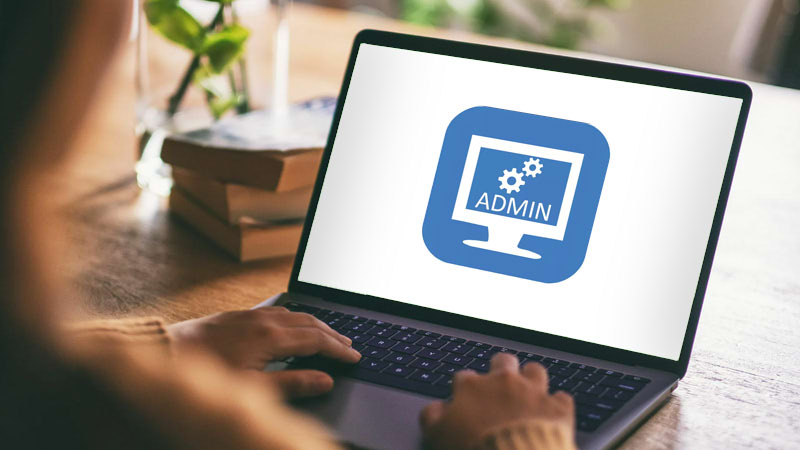
Step 4. Check Admin Users on Your Website
Hackers are known for leaving malware on sites, but they do more than that. They also leave themselves a door for future access and repeat visits. One of the common ways of doing this is by creating an account for themselves with administrator privileges. Then, they can log in and control your site without it looking like a new hacker intrusion.
To prevent this, look at the registered users on your website and the privileges they are assigned. Verify that every admin account is used by an actual person in your organization. Delete any accounts that look unfamiliar. Those unfamiliar ones are, more likely than not, a hacker’s ghost account.
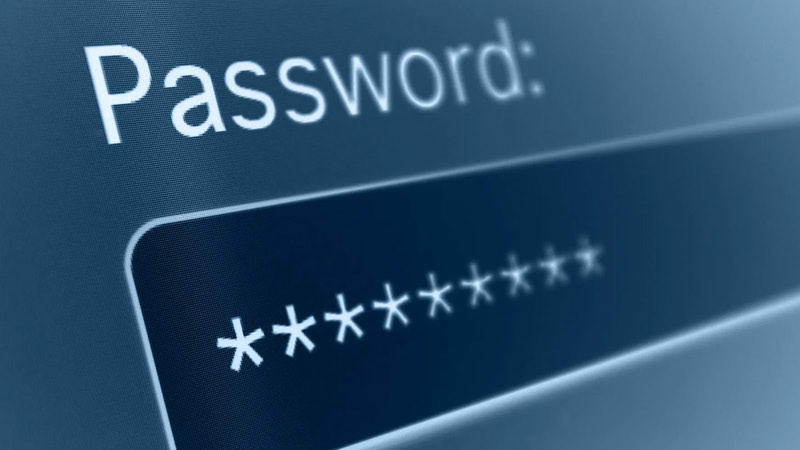
Step 5. Have a Strong Password
A strong password will help to keep your website secure. Unfortunately, weak passwords are more common than not. Expert security research reveals that the top password for the past five years has been 123456. Of more than 168 million passwords checked in the research, only 8% were unique.
There’s a good chance, in other words, that your password is not unique. The problem with this is that passwords from past hacks are often leaked, and hackers use software to run through this list of passwords automatically. If your website password is on the list, your website is at risk.
It’s not all bad news, though. There are ways to choose a secure password. Make it more than ten characters—the longer, the better. Use a mix of numbers, lowercase and uppercase letters, and symbols. Don’t use any words found in the dictionary, and don’t use any numbers or words connected to personal information, such as birthdays, phone numbers, or family names. Doing all of these things together will reduce the chance of your password being cracked.
As an added security measure, change your password regularly. This way, if somebody gets your password, they won’t have access for long.
For added safety, activate 2-factor authentication. Each time you log in, you’ll be sent a code to enter through text or email to confirm it’s actually you and not somebody who stole your credentials. This added step makes it much harder for someone to access your account with a stolen password.

Step 6. Use HTTPS
Hypertext transfer protocol (HTTP) is how web pages get from a server to your device. It’s not a very secure way to send information, though, so a secure version was created—HTTPS. This version, which helps prevent information like credit card numbers from being intercepted, requires widespread adoption to help make the Internet a safer, more secure place. To that end, Google committed to increasing the ranking of sites that use HTTPS over those that don’t.
An HTTPS site requires an SSL certificate, which you can often get from your web host and set up yourself, or have somebody do it for you if that’s not a service your web hosting provider offers.

Step 7. Сheck Files Users Upload to Your Site
If you allow users to upload files to your website, you should have a way to inspect those files. Hackers commonly use the file upload tool to inject malicious code into your website. If you’re using a plugin to handle file uploads on your WordPress site, confirm that it checks for malicious files.
Here are a few things you can do to protect your site while still allowing file uploads:
- Create an allowed file type list. This will prevent hackers from uploading dangerous files.
- Use file type verification. Sometimes, a malicious file will be disguised as a harmless one. Verification catches these impostors before they can do damage.
- Set a file size limit. Large files bog down your website and can be used for distributed denial of service (DDOS) attacks.
- Scan all uploaded files for malware, even the ones that appear harmless.

One More Thing You Can Do
When it comes to website security, you can never be too careful. Even if you’re confident that you’ve done everything you can to protect your website, it is still a good idea to have it looked over by a digital security professional. People trained in security methods will be able to identify any potential issues you may have missed and help prevent the headache of dealing with a hacked website.
For all your web security needs, contact Grid Concepts.
